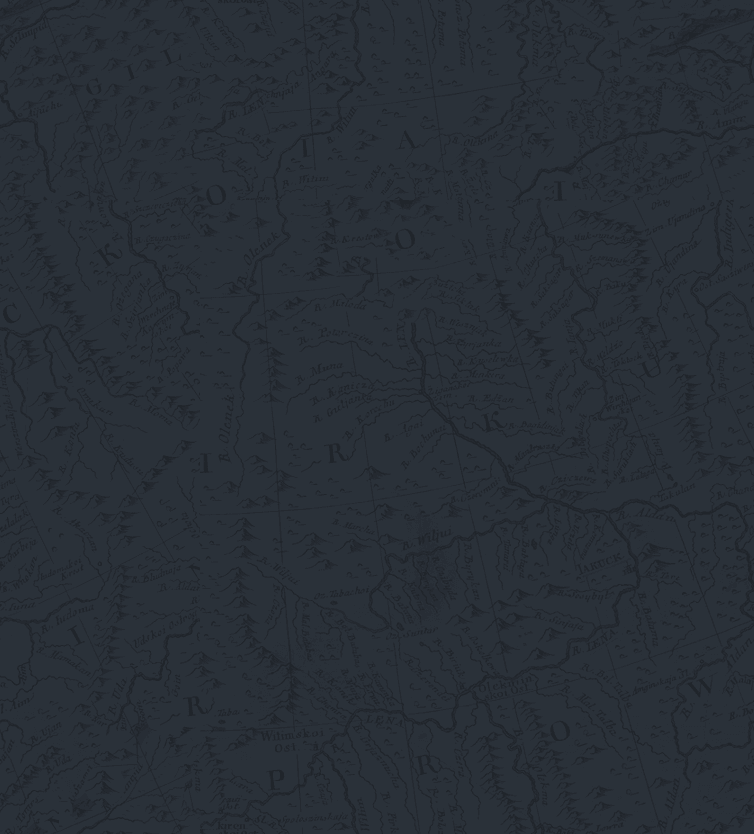
Nepalese Army and Disaster Management
Use of Crowdsourced Data for Response to the 2015 Earthquake by Kathmandu Living Labs

Crowd sourced data added new dimension in rescue and relief operations. This information helped to identify instant needs of the affected population, gaps in rescue and relief operations, presence of security forces on the ground and ultimately plan for target specific operations. The Nepalese Army further processed the crowd-sourced data and used that information for planning operations.
"Crowd sourced data were excessively used during the rescue and relief operations."
Key findings:
-
Almost 2200 Requests
-
650 requests of rescues using air assets
-
Crowd sourced data were excessively used during the relief and rescue operations. Kathmandu Living Labs (KLL), a volunteer organization, set up a platform to collect and manage data from crowd. KLL further managed to conduct first level of verification as well, providing the Nepalese Army with the following details:
- Location (Specific to Village Level with Latitude and longitude)
- No of affected people
- No of Death/Injured
- Support Requirements
- Level of Urgency
- Contact Information (Mobile numbers, Contact Person) o Verification Status
-
Crowd Sourced data added new dimension in relief and rescue operations. This informationhelped to identify instant needs of affected population, gaps in relief and rescue operations, presence of security forces on the ground and ultimately plan fo r target specific operations
-
Prioritization of data:
- Primary focused on emergency rescues
- Large Scale delivery
- Air-based supplies
-
Crowd Sourcing is one of the common approaches to collect information from the public. Although it is not new in the context of disaster management, but during April Earthquake in Nepal, this approach was appropriately used in a matured way. The systematic process defined by Kathmandu Living Labs volunteers marked a path in utilization of crowd sourced data by implementing agency like Nepalese Army.
-
Cross verification from local authorities and wise judgment from information processing teams plays a vital role in addressing crowd sourced data in military operations in the case of mega disaster
2200
reports submitted
650
requests for air support